 Abraham Lincoln
If given the truth, the people can be depended upon to meet any national crisis...
Abraham Lincoln
If given the truth, the people can be depended upon to meet any national crisis...
 Guildford news...
for Guildford people, brought to you by Guildford reporters - Guildford's own news service
Guildford news...
for Guildford people, brought to you by Guildford reporters - Guildford's own news service
Birdwatcher’s Diary No.103
Published on: 22 Feb, 2016
Updated on: 22 Feb, 2016
By Malcolm Fincham
I offer much sympathy and gratitude to The Guildford Dragon NEWS editorial team, especially David Rose, who has the unenviable task and does such a great job going through my photos in the hope of matching them to the reports I write – although his knowledge of wildlife must be close to matching mine by now.
However, I have surprised even myself in getting enough photos at this time of year for yet another report so soon.
Taking advantage of a dry, sunny day, after the morning rain passed through on February 2, I decided to invite my wife on our first visit of the year to Pulborough Brooks RSPB in West Sussex.
Welcomed there by the sound of a song thrush and the twittering of house sparrows, we spent a few moments to take in the lovely views of the brooks that lay in the valley.
For a while as started on my venture I began to feel I was losing my credibility, as while walking clockwise around the two-mile circuit wetland trail, I was unable to catch sight of anything that I felt worthy of a photograph. It was of some relief to me therefore to be able to get a few pictures as I began my walk down the zig-zag path toward the final hide.
Finding myself face to face with two bullfinches stopped me dead in my tracks. The female soon disappeared into the thicket, but the male was much more obliging, allowing me a few shots before setting off to join her.
Soon after I caught sight of a treecreeper high in the canopy of trees, although not able to home in on it with my camera, it wasn’t long before I picked out a nuthatch closer to view.
Having also picked out blue, great and long tail tits as they also skittered about in the branches overhead, I was even more delighted to pick-out a marsh tit flitting about just above where I stood.
Looking out across the brooks from the last of the hides I visited, two large pantheon of godwits could be seen feeding in the shallow parts of the scrape suddenly took flight.
A rough count took the number to over a thousand as they separated into two flocks and winged around in large murmerations, under-wings glistening as they caught the sunlight.
Something had almost certainly agitated them. Looking out to the far side of the brooks my thoughts were soon answered.
At some distance away I ‘clocked’ on to a peregrine through my binoculars, as it hunted low on the far side of the brooks in hope of a meal. Unsuccessful on this particular mission, it perched in a distant tree to continue to observe the vast choice on its menu.
Other wildfowl present that day were shelducks gathered in small groups.
Also, a group of shovelers, known collectively as a ‘crew’ and ‘graveyard’ of shovelers.
A large ‘coil’ of wigeon could also be viewed.
A nice addition to my year list, having gone all last year only seeing one, was a water rail that a fellow birdwatcher kindly pointed out, seen from one of the corner windows in the hide we were in.
The following afternoon, making the most of another sunny day, I took advantage of a few spare hours at Stoke Nature Reserve in Guildford.
Close to the sewage works I counted at least three chiffchaffs.
Chiffchaffs usually feed on insects. But wintering birds can sometimes be found in our gardens searching for food, and during this time they will also feed on fruit and suet treats.
One particular one was taking advantage of the warm sunshine that had hatched a plume of flying insects over the crown of a tree.
While other chiffchaffs, along with numerous goldcrests, could also be seen looking for insects in the surrounding scrub.
A few days later, on a visit there, while walking along the towpath in the direction of Stoke Lock, I noticed something small moving among the trees beyond the low wire fencing.
Creeping up the tree bark, like a mouse on one of the many trees lining the path was a treecreeper.
These tiny birds can often be overlooked, often disappearing around the back of a tree at the sight of a human. This one seemed quite tame and had obviously, by sighting an ID ring on its right leg, had been hand held by our local a qualified bird ringer.

‘Jenny’ wren at Stoke Nature Reserve. The wren usually feeds close to the ground. Its song is very powerful for such a small bird.
Close by, scurrying around among the fallen debris of the surrounding trees like a small mammal, was a wren. For such a small bird the wren has an astonishingly loud song, this it demonstrated as I watched.
Water rails are mostly heard rather than seen. They are noisy birds, with a rich variety of sounds including a distinctive pig-like squeal, known as ‘sharming’. They are slightly easier to see in winter, when the vegetation has died back, but even then still very shy and elusive.
Having seen one the day before at Pulborough, I was really fortunate to get a glimpse of a second one on my local patch. Although having heard them from the boardwalk on many occasions before, for me, this was only my second ever sighting of one at the riverside reserve, so snatching a couple of photo shots too, was a real bonus.
While in the same area several teal could be seen dabbling in the shallow water of the marsh, under the sallows.
Arriving back close to Stoke lock, I looked up to see a flock of dozen or more siskin as they flew on to the topmost branches of a tall alder tree.
Although the light was poor, I could pick out their yellow and grey, streaky plumage.
Even managing to get a few record shots as they fed on the cone seeds.
Further along the towpath in the direction of Bowers Lock a cormorant made its presence plain to see as it sat bolt upright on a dead tree.
Looking across the floodplain towards Bowers Court Farm, lapwings could be seen in flight, while a few remained among the teal and wigeons on the flooded scrapes.
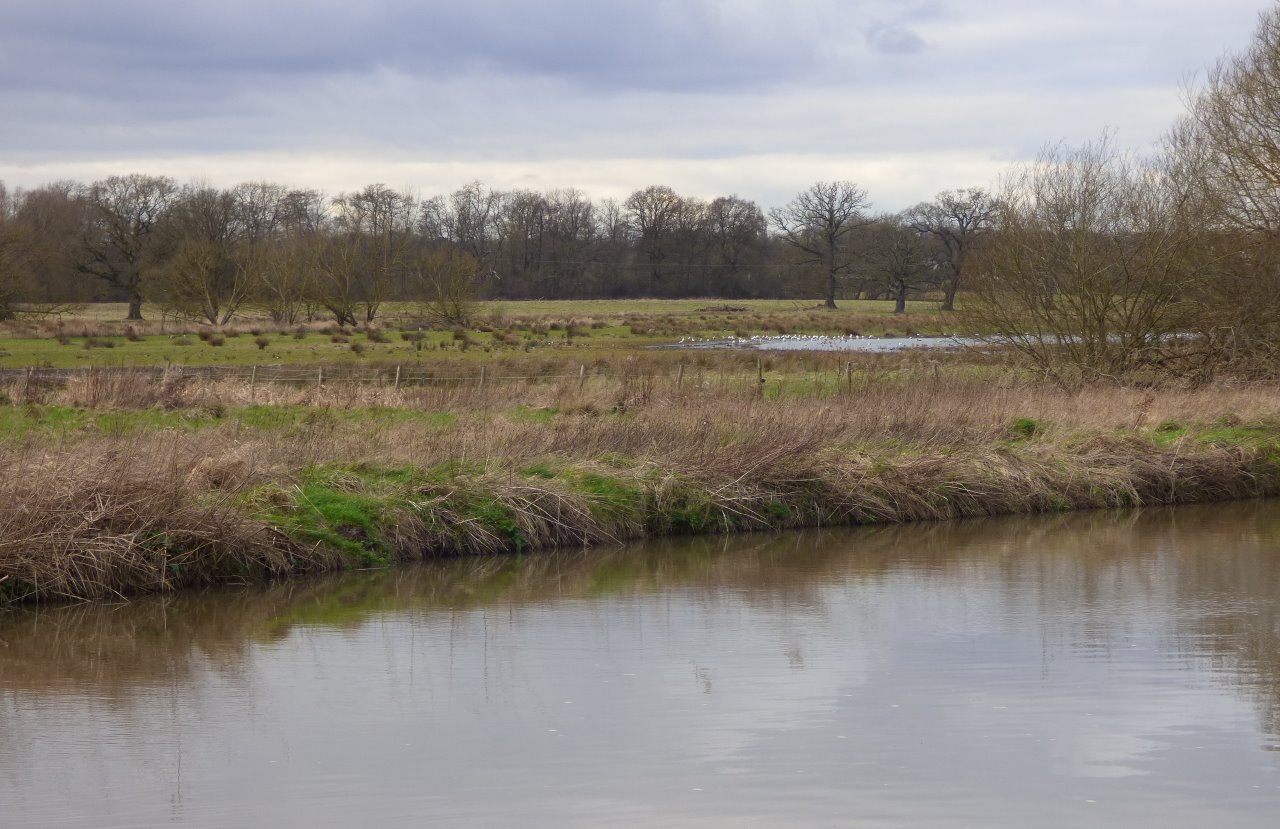
A view across the River Wey in the direction of Bowers Court Farm where many types of waders and wildfowl winter.
While out in the drier field a common buzzard could be seen in one of his favourite winter spots, perched in a tree.
Occasionally stooping down to catch a small mammal, or feed on worms and beetles.
Meanwhile, a grey wagtail could be seen at the water’s edge of the river, feeding on any insects over the water.
Continuing with my fortunes just a day later while walking alongside Stoke Lake, as daylight was starting to fade, I caught sight of a kingfisher, as it flew past me low across the water, then perched up in one of the willows by the edge of the lake.

Kingfishers at Stoke Lake. Having missed out on a picture of the two together a few weeks ago, they allow me a second chance.
On closer inspection, I suddenly realised there were in fact two, looking very comfortable together.
Gathering the best ID I could in the poor light and snapping as many shots as I could, I was convinced they were male and female, perhaps already paired up for spring?
What I’ve considered to be the best of my latest pictures were at other sites around the local Surrey area.
I spent a few hours on Thursley Common on a sunny afternoon on February 9, although I was unable to locate the great grey shrike that had been reported there earlier that day.
And although not seeing much more than a few stonechats, on what is renown to sometimes being the case at this time of the year.
I was finally rewarded when hearing the ‘scratchy’ call of a Dartford warbler. I kept a little distance from the already flowering gorse bush from which the sound was coming from, in the hope of a glimpse of it.
I was taken by surprise when it popped out and settled within the branches of a silver birch shrub.
Posing long enough for me to get a few pictures.
And even a few shots as it flew back into the safety of the thick gorse from which it had first appeared.
Visiting Rydes Hill Common several days later on February 12, I was pleasantly surprised to pick out a firecrest, not far from the area I saw one at the end of last year.
Was it possibly the same one that I saw and photographed last December? Quite likely, I would say!
Despite the fact that the firecrest is a far rarer sight than the goldcrest, they are almost identical in size, shape and plumage.

Firecrest constantly on the move, so definately a challenging bird for me to photo on Rydes Hill Common.
It is, however, remarkably easier to identify the more rarely sighted firecrest (if it sits still long enough to get a look) because of its distinctive head pattern.
Both species have a delightful yellow or orange crest stripe (depending on gender) bordered by black, but the firecrest has a clear ‘stonking’ white supercilium (above the eye) and below the black creating a dramatic and beautiful contrast.
With a good view you will also notice the firecrest has a more vividly coloured greenish-yellow side to its neck.
Responses to Birdwatcher’s Diary No.103
Leave a Comment Cancel replyPlease see our comments policy. All comments are moderated and may take time to appear.
Recent Articles
- Guildford Institute’s Crowdfunding Project for Accessible Toilet in its New Community and Wellbeing Centre
- Letter: Guildford – Another Opportunity Missed?
- Letter: GBC’s Corporate Strategy – Where Is the Ambition?
- My Memories of John Mayall at a Ground-breaking Gig in Guildford Nearly Six Decades Ago
- Westborough HMO Plans ‘Losing the Heart of the Street’ Says Resident
- College Invests to Boost Surrey’s Economy and Close Digital Skills Gap
- Community Lottery Brings Big Wins for Local Charities
- GBC Housing Plan Promises ‘A Vibrant Urban Neighbourhood’ Near Town Centre
- Hospital Pillows ‘Shortage’ at the Royal Surrey
- Updated: Caravans Set Up Camp at Ash Manor School


Recent Comments
- Ian Macpherson on Updated: Main Guildford to Godalming Road Closed Until August 1
- Sara Tokunaga on GBC Housing Plan Promises ‘A Vibrant Urban Neighbourhood’ Near Town Centre
- Michael Courtnage on Daily Mail Online Reports Guildford Has Highest-paid Council Officer
- Alan Judge on GBC Housing Plan Promises ‘A Vibrant Urban Neighbourhood’ Near Town Centre
- John Perkins on GBC Housing Plan Promises ‘A Vibrant Urban Neighbourhood’ Near Town Centre
- S Collins on GBC Housing Plan Promises ‘A Vibrant Urban Neighbourhood’ Near Town Centre
Search in Site
Media Gallery
Dragon Interview: Local Artist Leaves Her Mark At One of England’s Most Historic Buildings
January 21, 2023 / No Comment / Read MoreDragon Interview: Lib Dem Planning Chair: ‘Current Policy Doesn’t Work for Local People’
January 19, 2023 / No Comment / Read MoreA3 Tunnel in Guildford ‘Necessary’ for New Homes, Says Guildford’s MP
January 10, 2023 / No Comment / Read More‘Madness’ for London Road Scheme to Go Ahead Against ‘Huge Opposition’, Says SCC Leader
January 6, 2023 / No Comment / Read MoreCouncillor’s Son Starts Campaign for More Consultation on North Street Plan
December 30, 2022 / No Comment / Read MoreCounty Council Climbs Down Over London Road Works – Further ‘Engagement’ Period Announced
December 14, 2022 / No Comment / Read MoreDragon Interview: GBC Reaction to the Government’s Expected Decision to Relax Housing Targets
December 7, 2022 / No Comment / Read MoreHow Can Our Town Centre Businesses Recover? Watch the Shop Front Debate
May 18, 2020 / No Comment / Read More







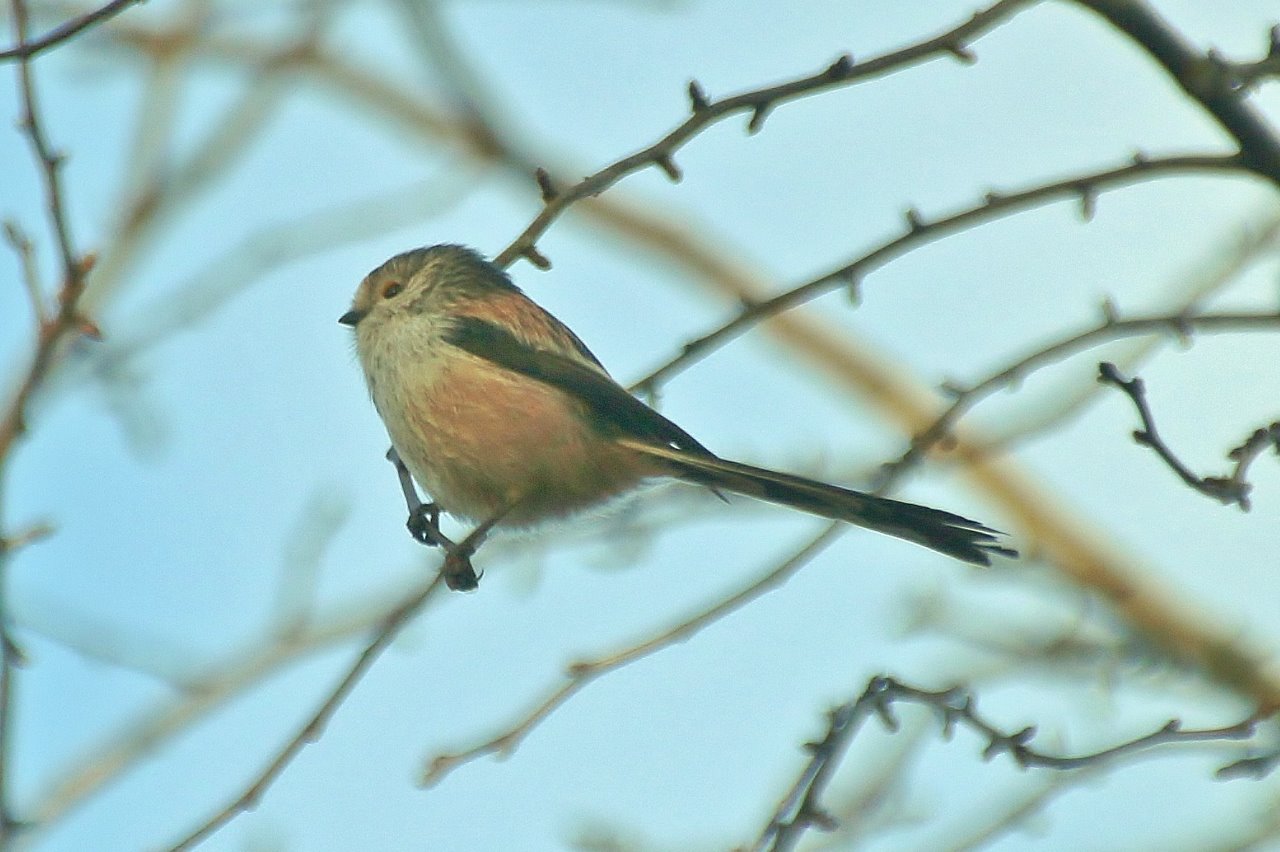


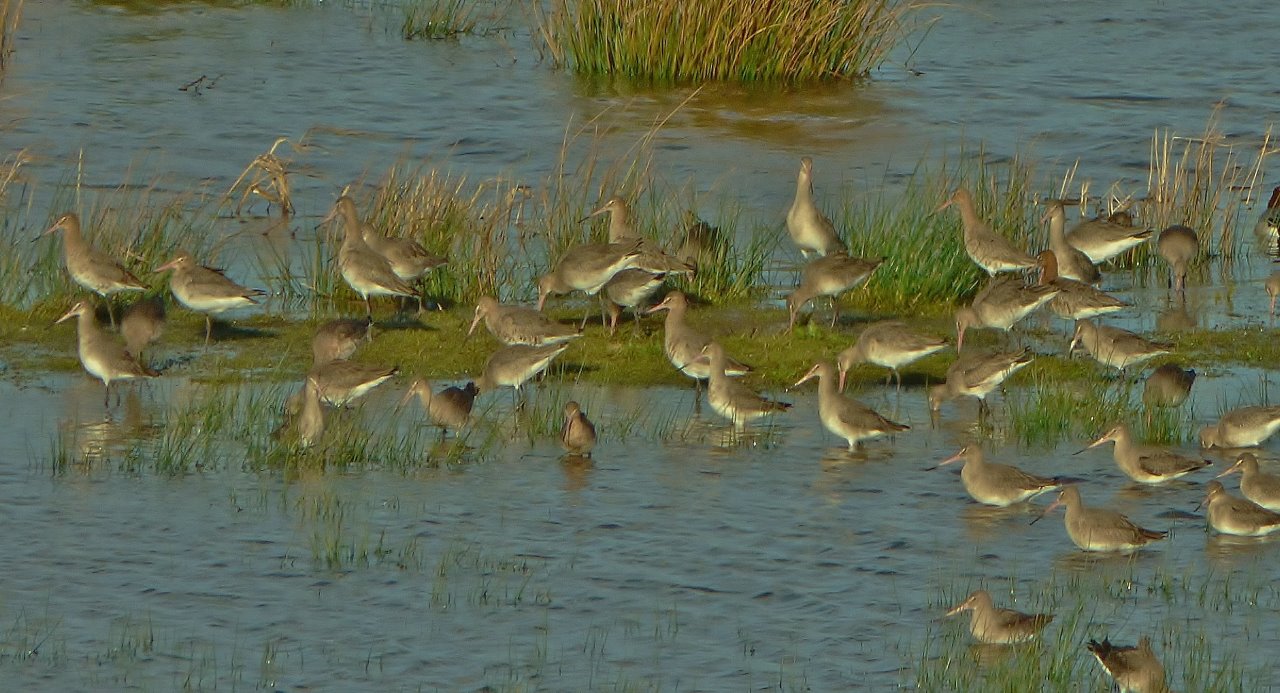


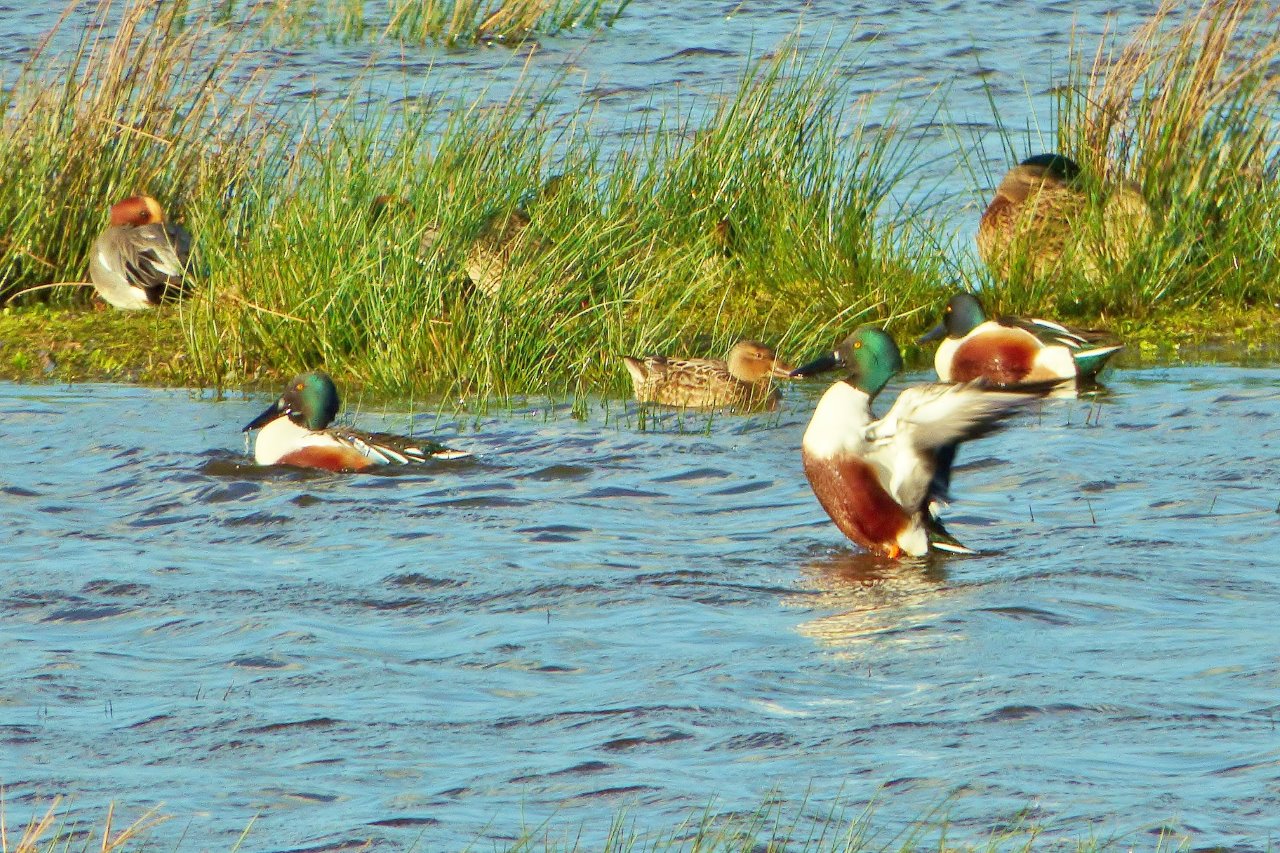







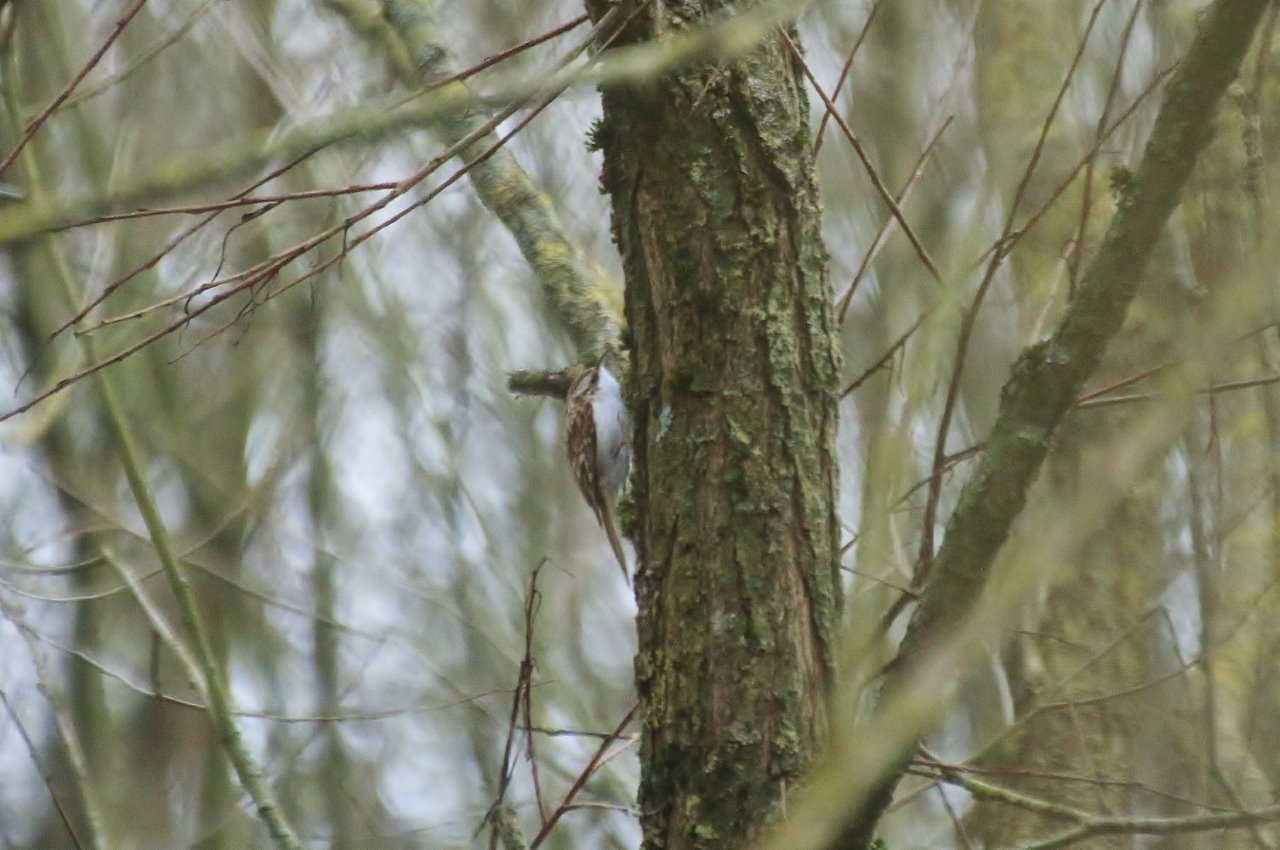

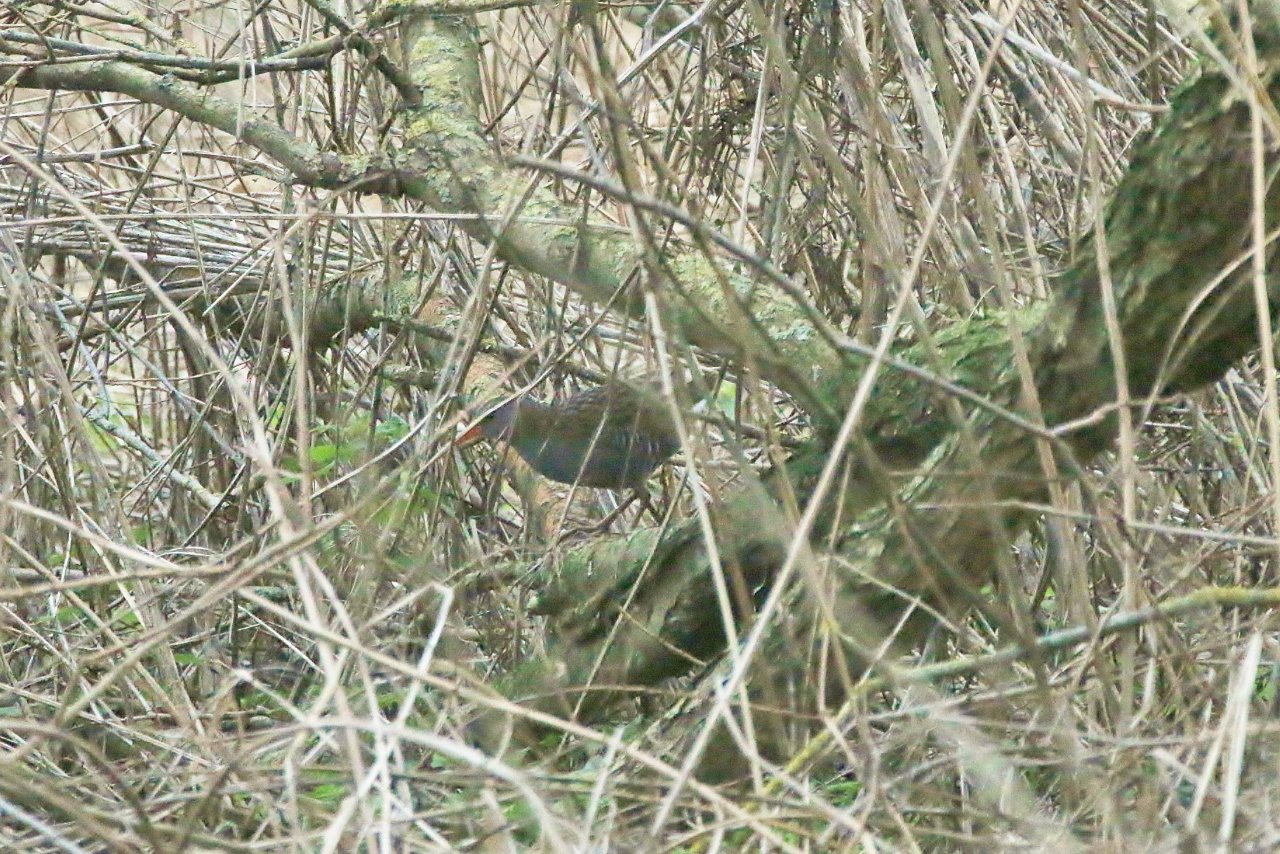



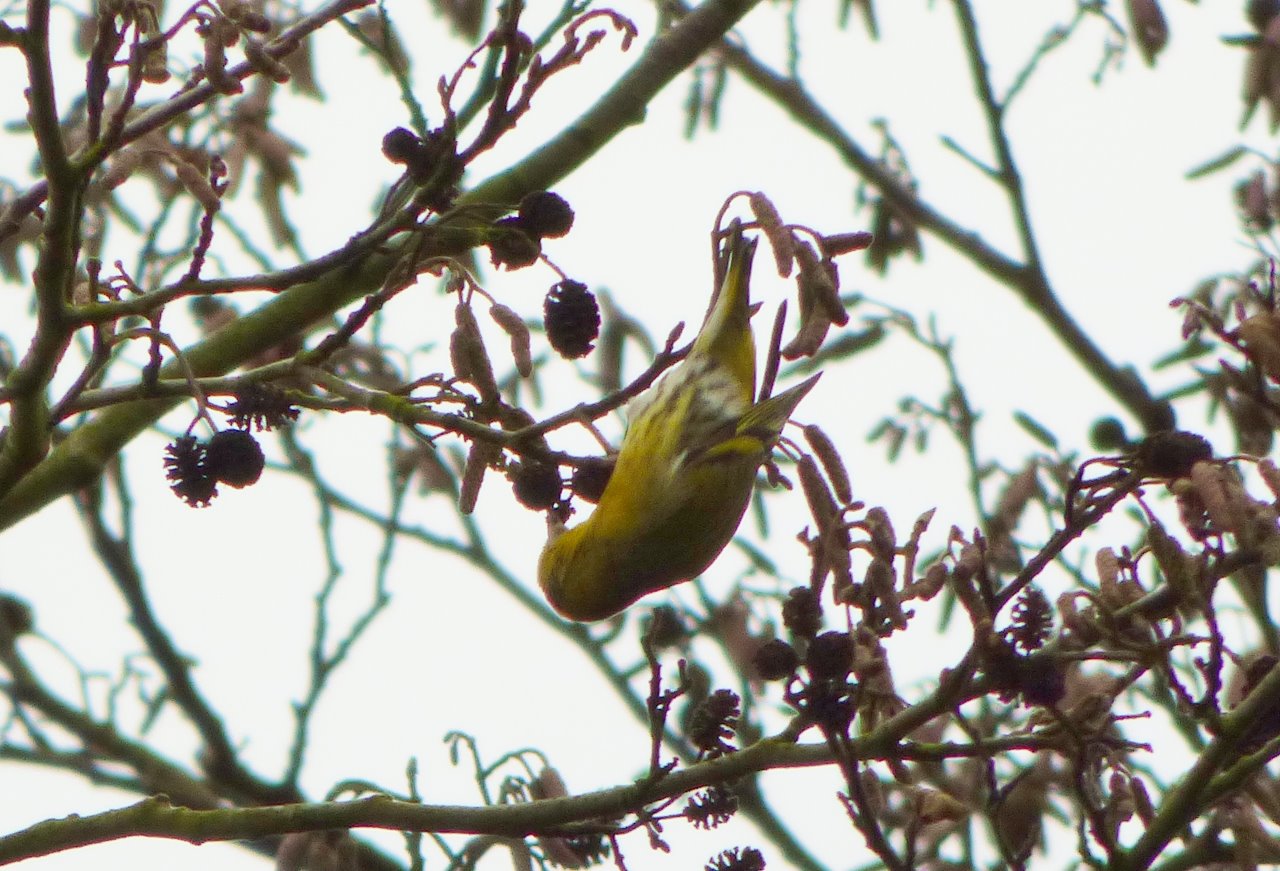


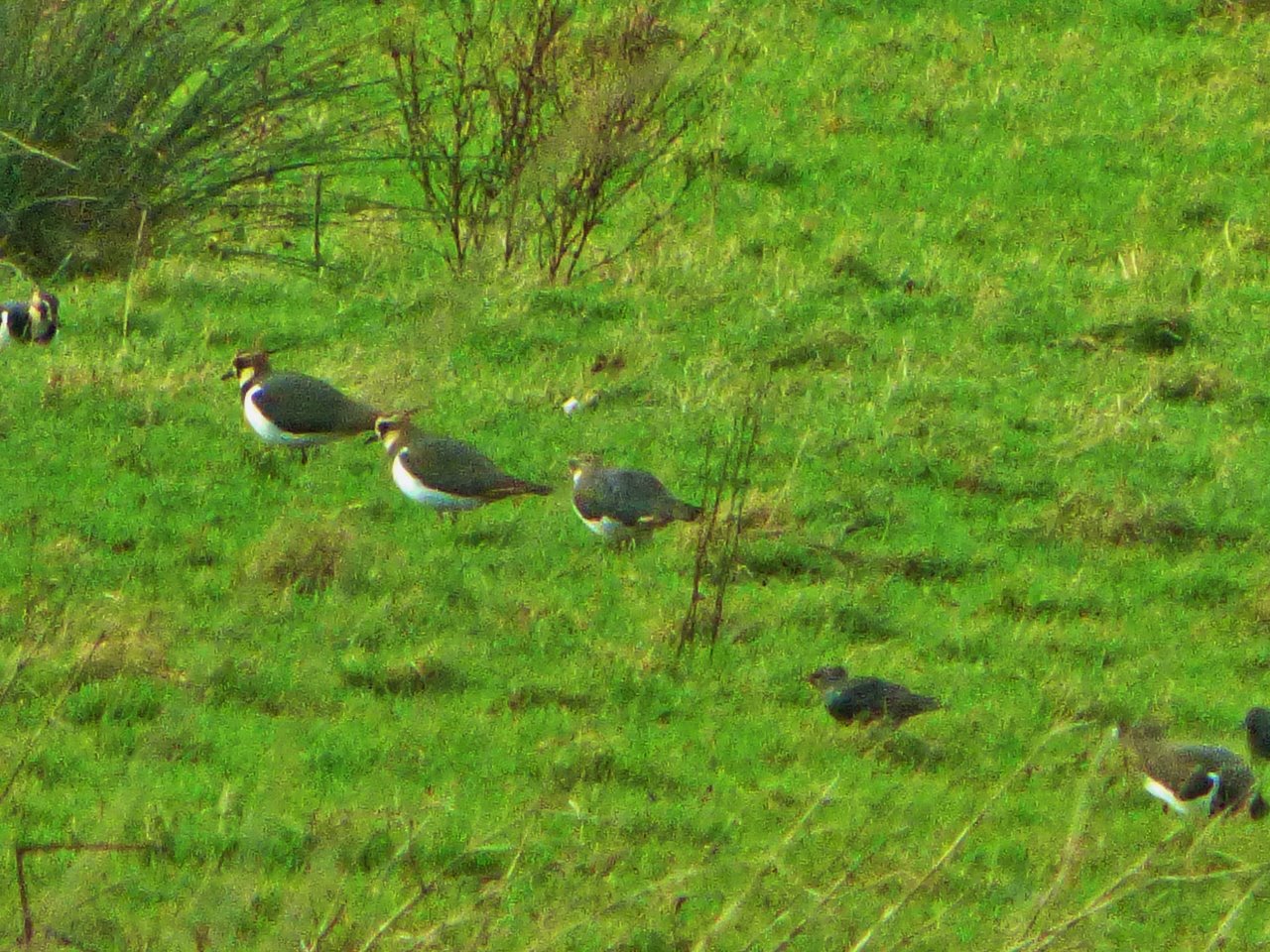

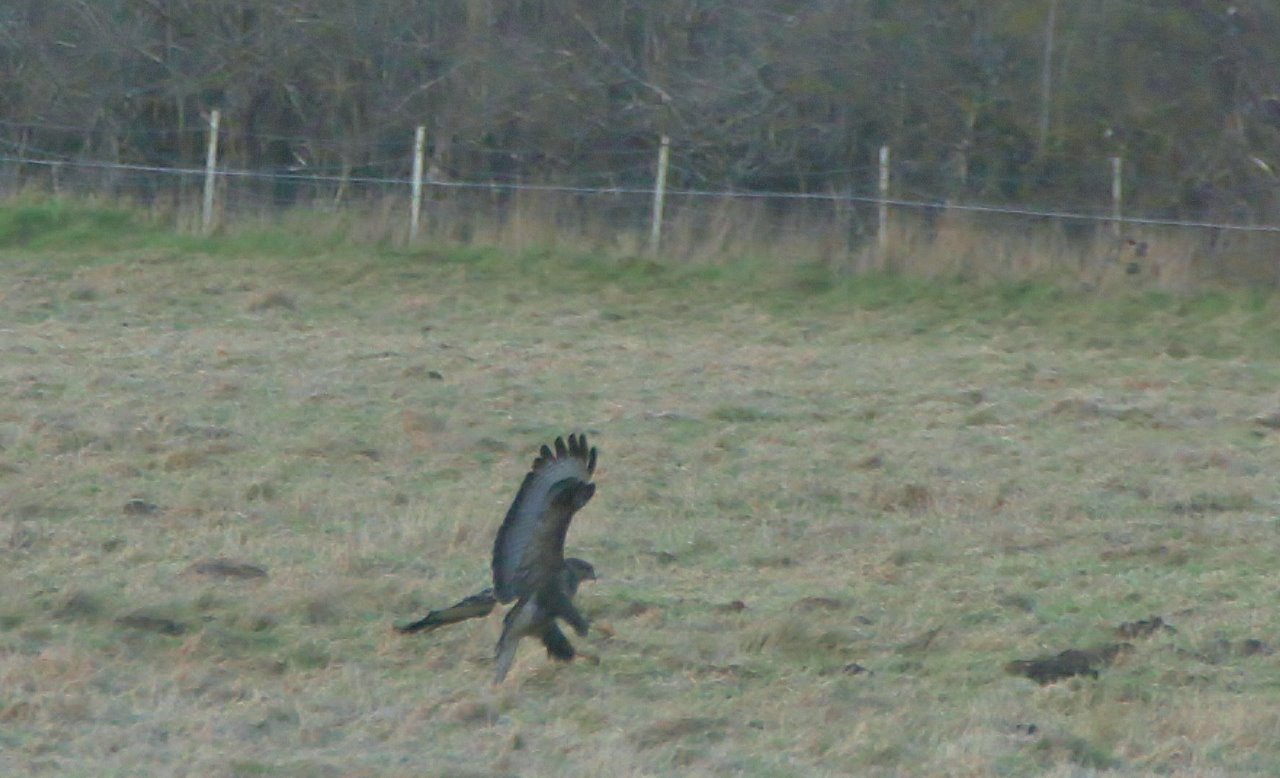



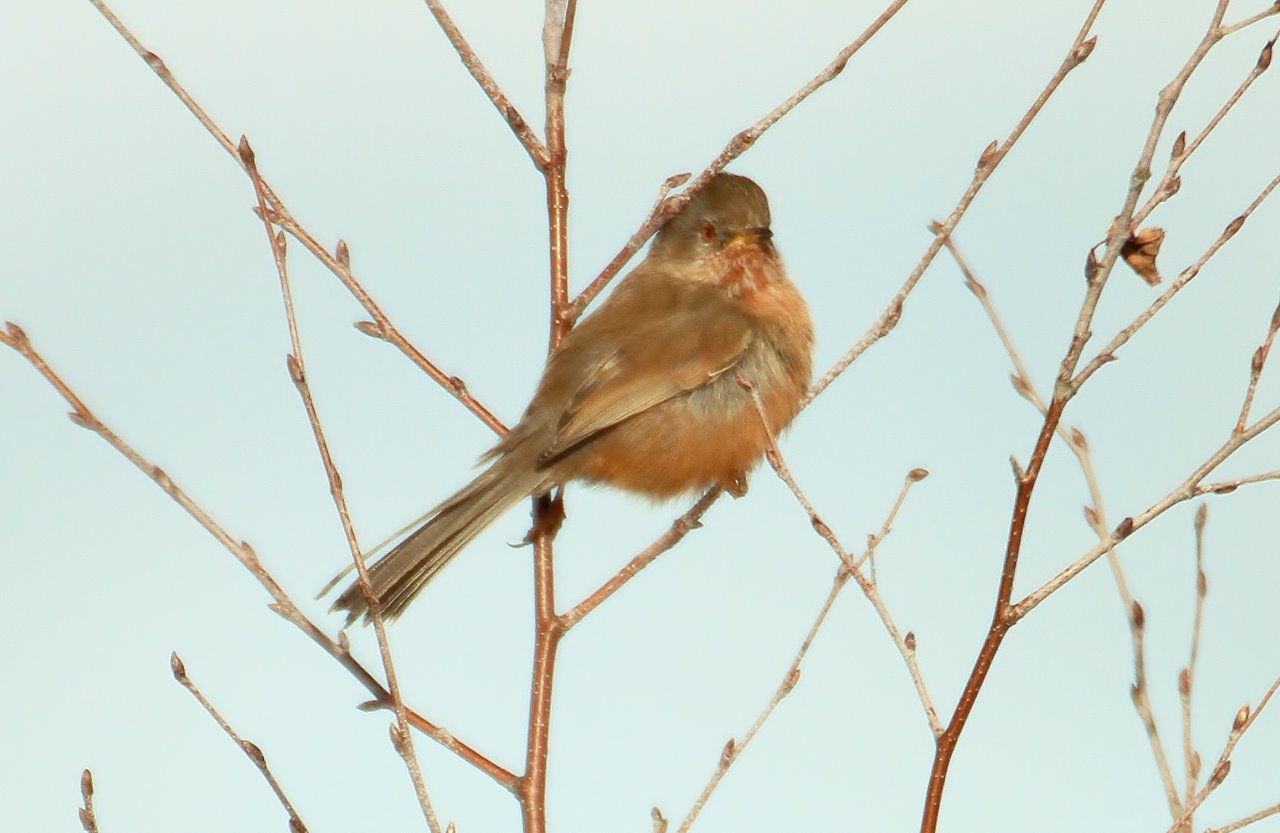

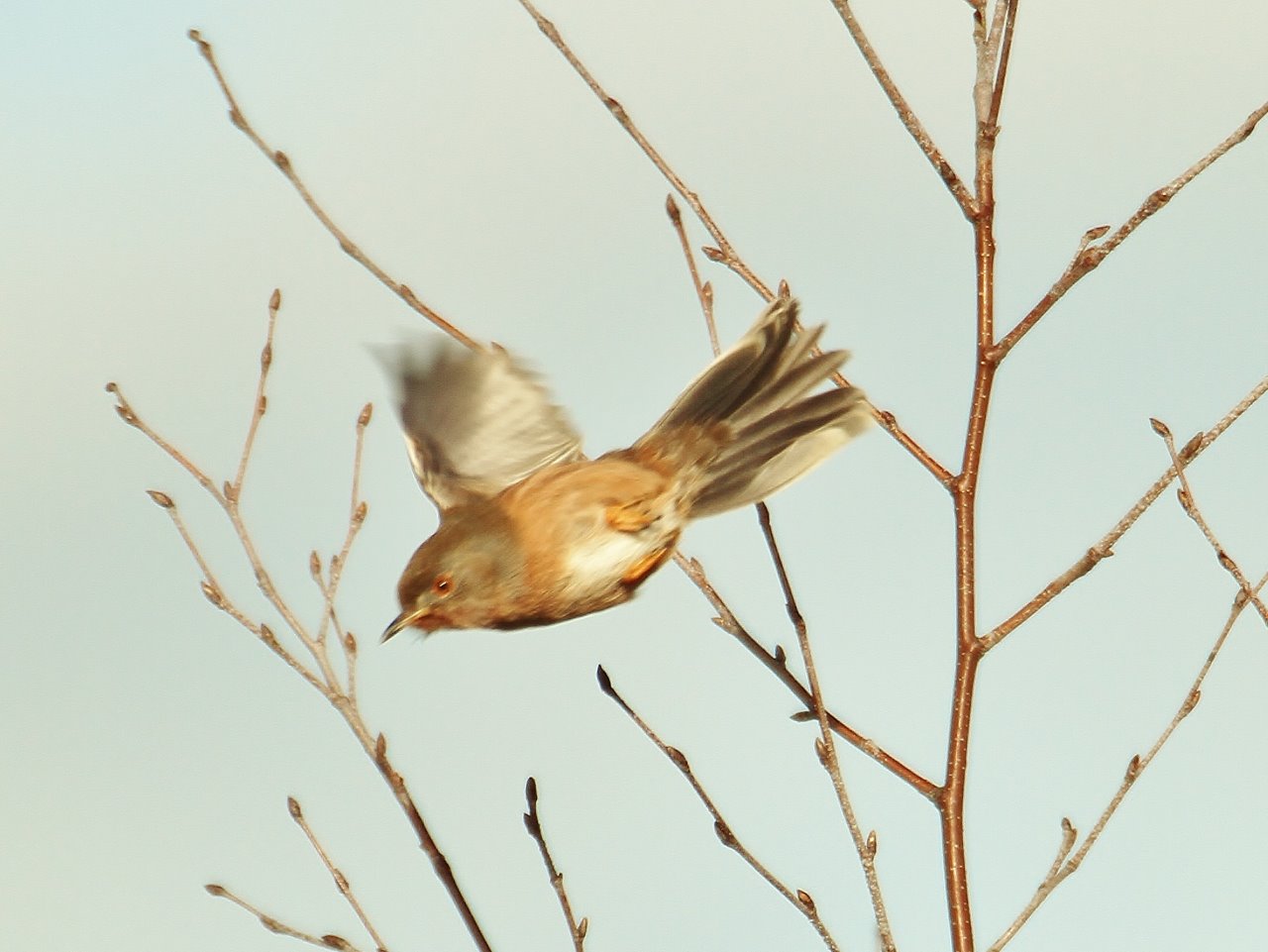
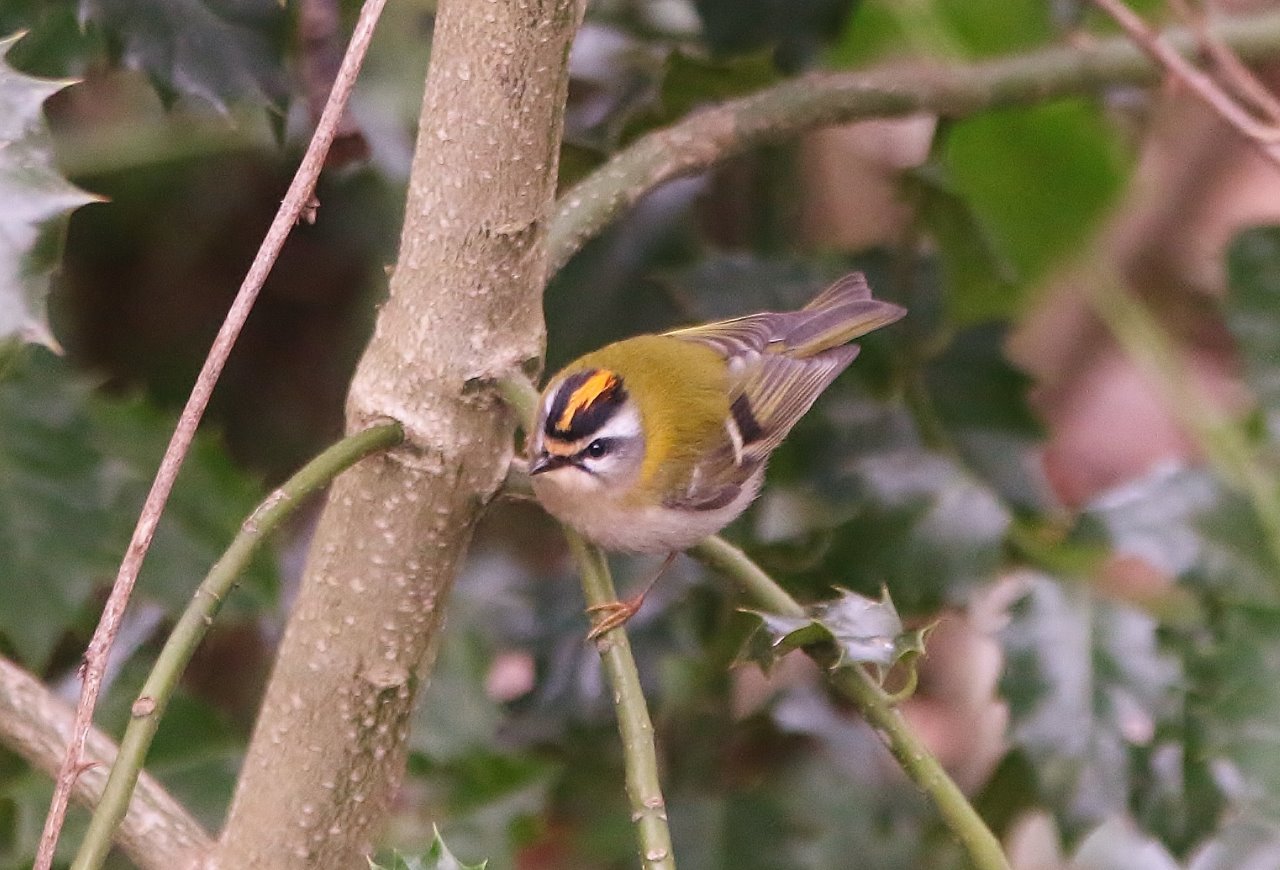






James Sellen
February 23, 2016 at 11:30 pm
Another excellent report and a good example of what can be seen around Guildford.
Stunning photos of the firecrest – a very special local bird.